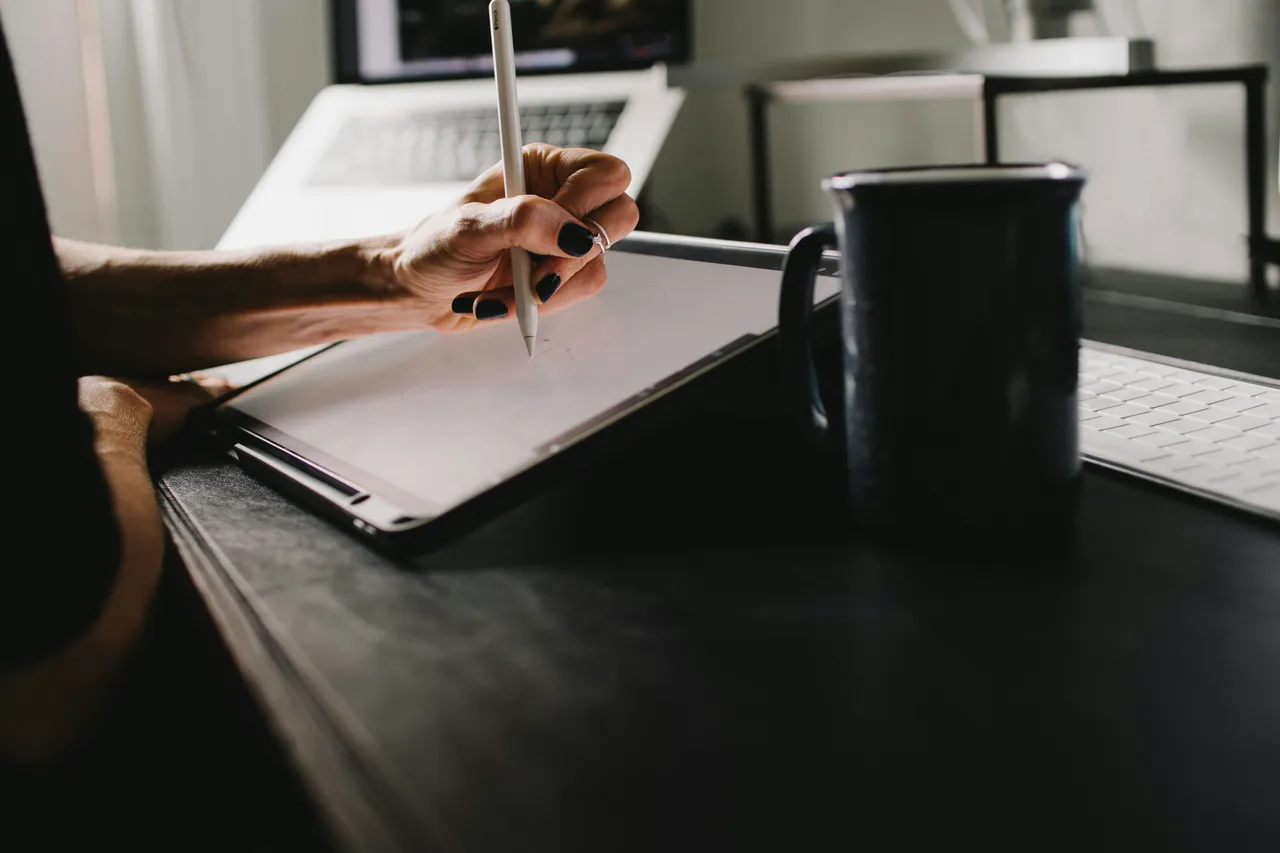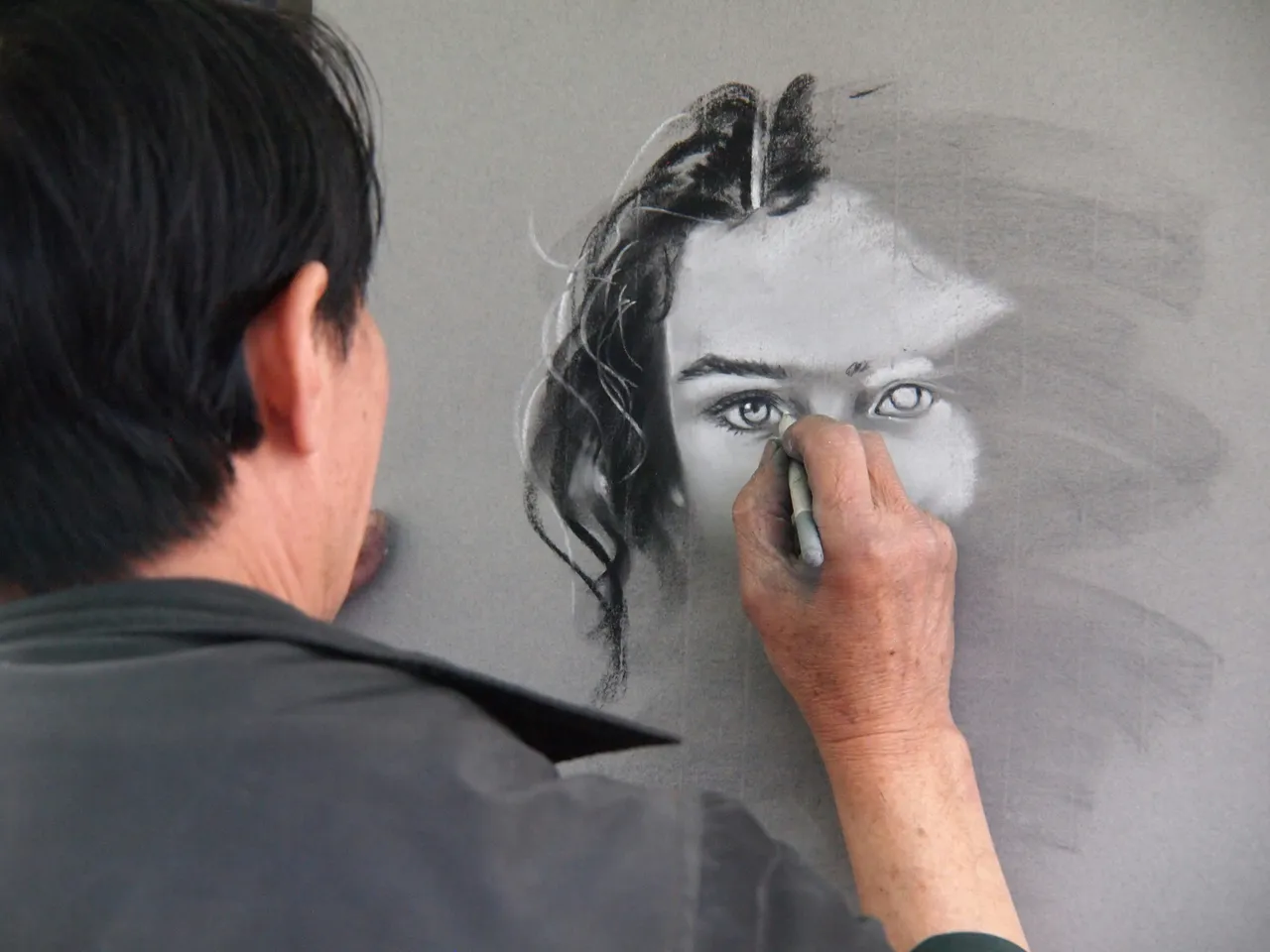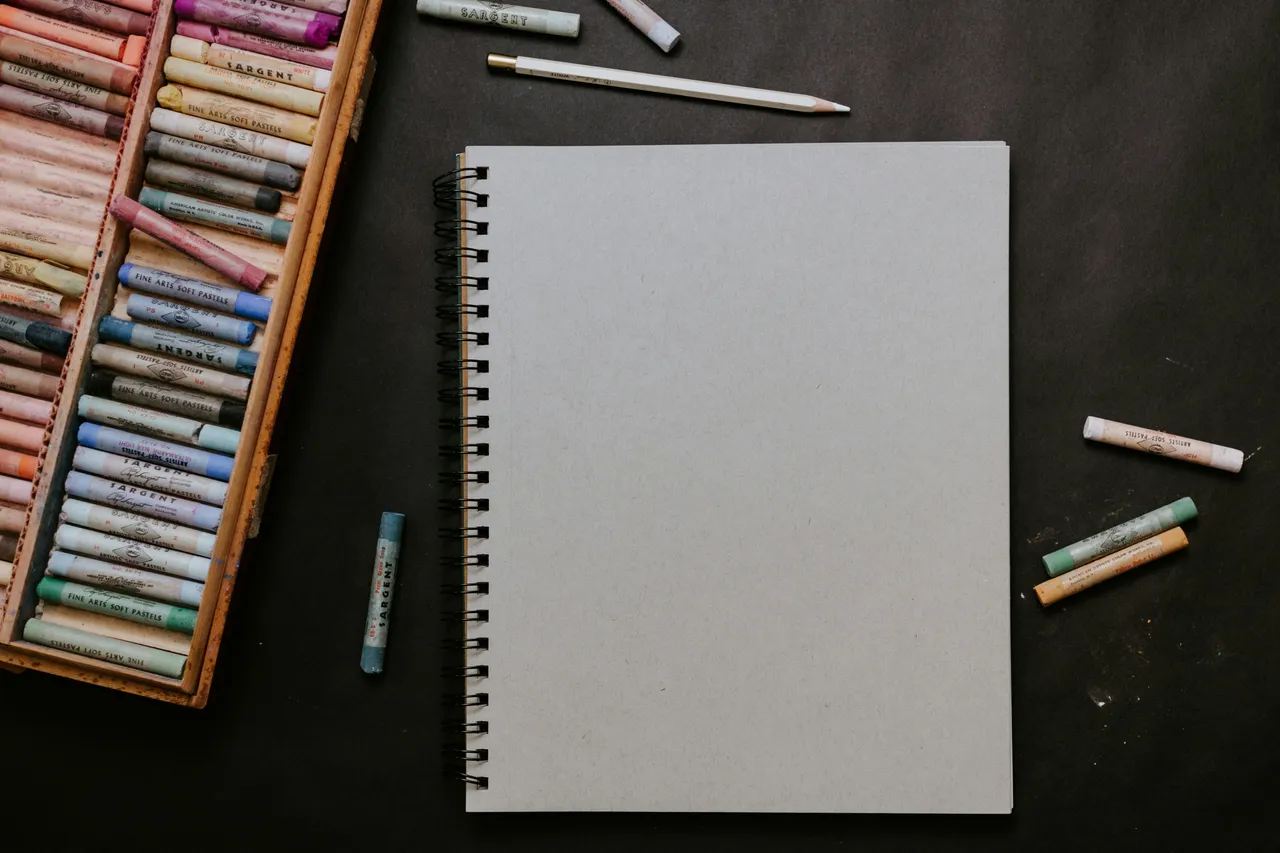
Digital Art for Beginners: Tools and Tips to Get Started
Diving into digital art can be both exciting and overwhelming for beginners. With the right tools and tips, however, you can start your journey smoothly and unleash your creative potential. In this article, we'll guide you through essential digital art tools and provide practical tips to get you started on your artistic journey.
Choosing the Right Hardware
When starting with digital art, the first thing you'll need is the right hardware. For most beginners, a mid-range tablet or iPad with a stylus is a great starting point. These devices offer enough precision and sensitivity for you to create detailed artworks. If you're serious about digital art, investing in a graphics tablet that connects to your computer can also be a good decision. Brands like Wacom and Huion offer tablets in various sizes and price ranges to suit different needs and budgets.
It's important to remember that you don't need the most expensive equipment to create great art. Starting with something you're comfortable with and fits your budget is more important. As you grow and understand your needs better, you can always upgrade your equipment.
Software Selection
The next step is choosing the right software. There's a variety of digital art software available, ranging from professional-grade applications like Adobe Photoshop and Illustrator to more beginner-friendly options like Procreate and Krita. Many of these programs offer free versions or trials, so you can experiment with different ones to see what suits your style and workflow best.
When selecting software, consider the kind of art you want to create. If you're into vector art, Illustrator might be your go-to, while Photoshop is great for photo editing and complex compositions. For digital painting, Procreate and Krita offer intuitive interfaces and a wide range of brushes and tools.
Practice Makes Perfect
Like any other form of art, practice is key in digital art. Start by replicating simple shapes and lines to get comfortable with your tablet or software's drawing interface. As you become more familiar with the tools, gradually move on to more complex subjects. Online tutorials and digital art courses can be incredibly helpful in this phase, offering step-by-step guidance and practical exercises.
Don't be afraid to experiment with different styles and techniques. Digital art is very forgiving, allowing you to undo mistakes and try out various effects without ruining your work. This freedom makes it an excellent medium for exploration and creativity.
Building Your Digital Art Community
Connecting with other artists can be incredibly rewarding and informative. Join online forums, social media groups, or digital art communities to share your work, get feedback, and learn from others. Platforms like DeviantArt, ArtStation, and Instagram are great places to start. Engaging with the community can also keep you motivated and inspired to continue your art journey.
Conclusion
Starting with digital art can seem daunting, but with the right tools and a willingness to learn and practice, anyone can develop their skills and create beautiful digital artworks. Remember, the key to success in digital art, as in any creative endeavor, is patience and persistence. Embrace the learning process, and don't be afraid to make mistakes—they're just stepping stones on your path to mastery.
This article was developed using available sources and analyses through an automated process. We strive to provide accurate information, but it might contain mistakes. If you have any feedback, we'll gladly take it into account! Learn more

